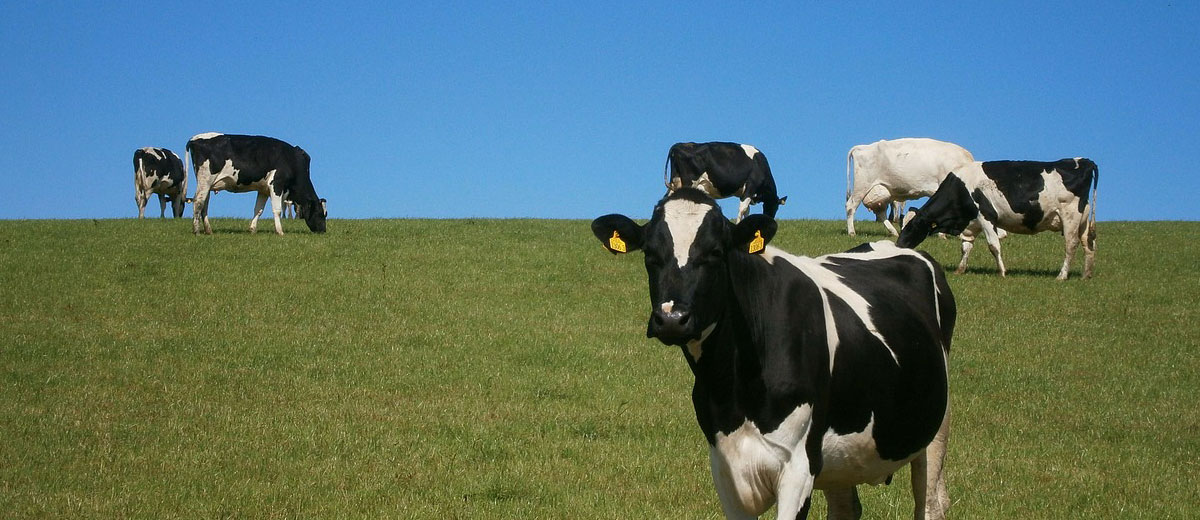
Colostrum is Essential for Healthy Calves
By Megan Roger, BSA AAg, Livestock and Feed Extension Specialist, Moose Jaw
During calving season, it is important to remember the impact of colostrum intake in newborn calves. Colostrum is the first milk that is produced by the cow. Roughly five weeks prior to calving, antibodies are transferred from the dam’s bloodstream into their milk. This first milk provides essential antibodies to protect the calf’s immune system from disease. As there is no mixing of the maternal and fetal blood supplies during gestation, colostrum is the first access to these important antibodies. Colostrum is essential for warding off bacteria and other potential infectious agents that are present on the farm. It is filled with antibodies, protein, vitamins and energy. Calves are born with very little immunity and rely on these antibodies until they start to develop their own immune system. Lack of transfer of these protective antibodies puts the calf at risk of preweaning illness and death.
A newborn calf should be up and sucking within the first two hours of birth. It is critical that the calf consumes as much of the colostrum within the first 12-24 hours of life as possible. Optimal absorption of the antibodies through the gut wall occurs within the first four hours, and after 12 hours, the efficacy of absorption decreases substantially with many of the antibodies now being digested and unavailable for the intended purpose. By 24 hours of life, the digestive tract becomes impermeable to the larger proteins and they can no longer be absorbed. Studies have shown that for proper immune protection, calves require upwards of two litres of colostrum or at least five per cent of their body weight.
If the calf experienced a difficult birth and is unable or unwilling to suck, assistance will be necessary. In these circumstances, it is preferred to milk the dam and bottle or tube feed the newborn calf. If you cannot use the dam’s colostrum for a variety of reasons, there are other options available. It is ideal to use colostrum provided from your own herd as they have similar antibodies. If possible, use colostrum from older cows as they produce higher quantities and higher quality colostrum thanks to larger udders and a more efficient antibody transport system. First and second calvers tend to produce less colostrum and have lower antibody concentrations given their smaller udders. A proper nutrition program along with adequate vitamin and mineral supplementation prior to calving is vital for quality colostrum production. Colostrum can be collected from cows that have calved within 24 hours. It can be refrigerated for up to a week or you can store colostrum in the freezer for up to a year. When using frozen colostrum, thawing it carefully is also important as not to compromise the antibodies and immunoglobulins. If possible, avoid the microwave and boiling water; the safest method is to place colostrum in a bath of warm water and let it thaw. There are freeze dried supplemental colostrum options as well. It is important to read and follow the labels for proper preparation and use. These products can be purchased at your local agriculture retail outlet or veterinary clinic.
Having a colostrum bank from your own herd or colostrum replacements on hand prior to calving is essential. Proper nutrition prior to calving will aid in the cow’s ability to produce adequate volumes and concentrations of colostrum.
For assistance with your nutritional planning needs or if you are interested in learning more about this topic, contact the Agriculture Knowledge Centre at 1-866-457-2377 to speak your local livestock and feed extension specialist.








































